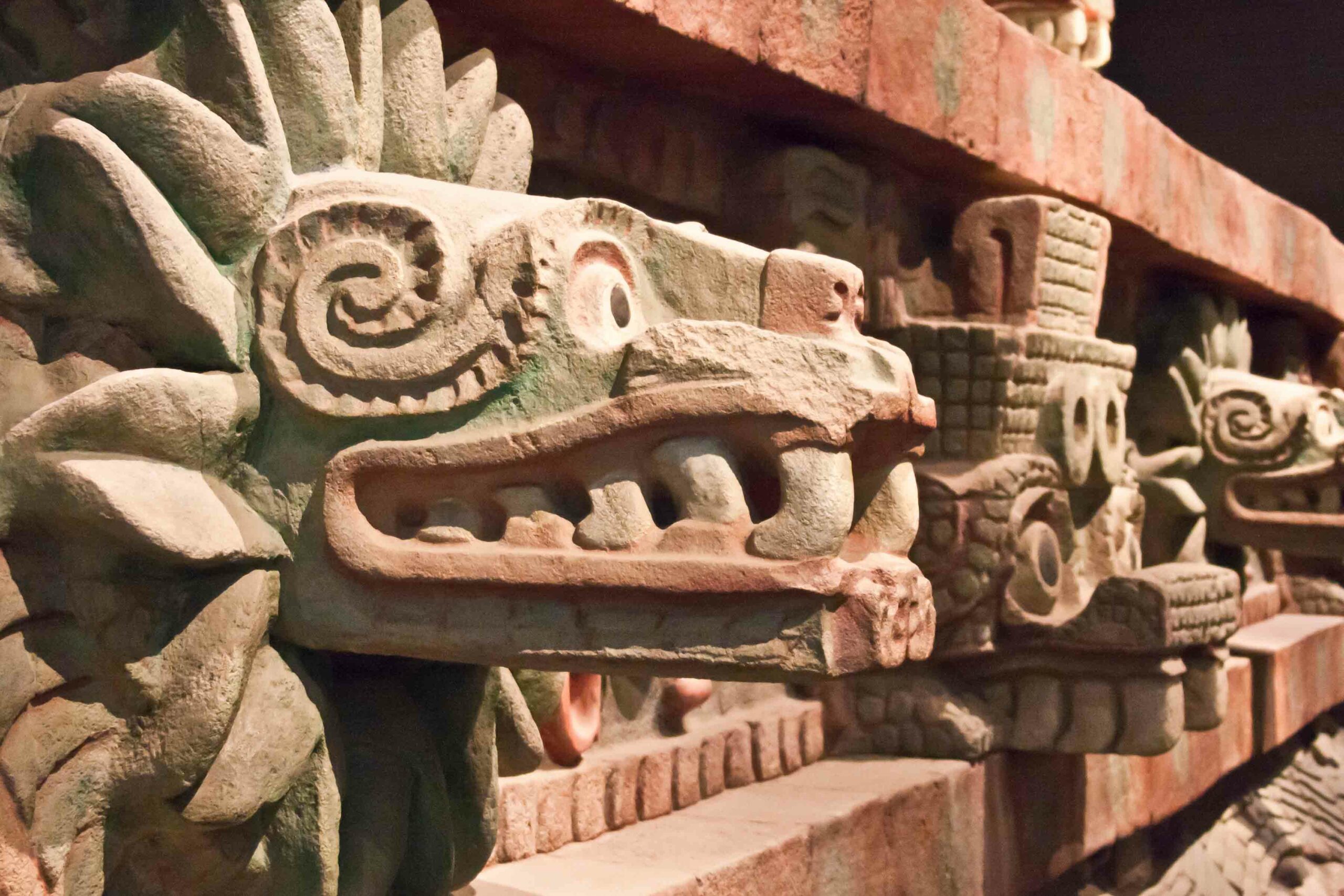Latest News
-
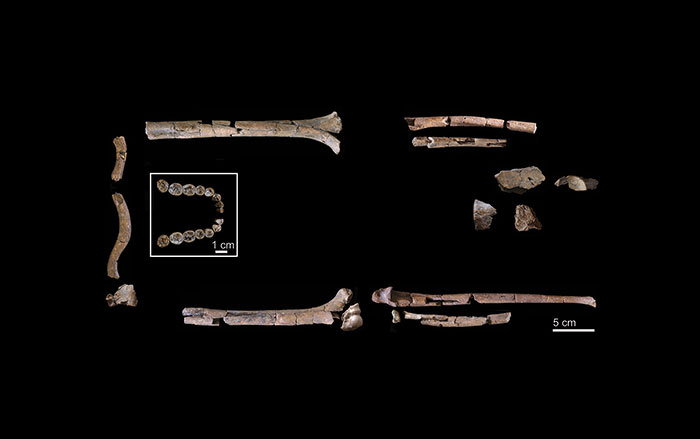 Grine et al. 2026, The Anatomical Record
Grine et al. 2026, The Anatomical Record -
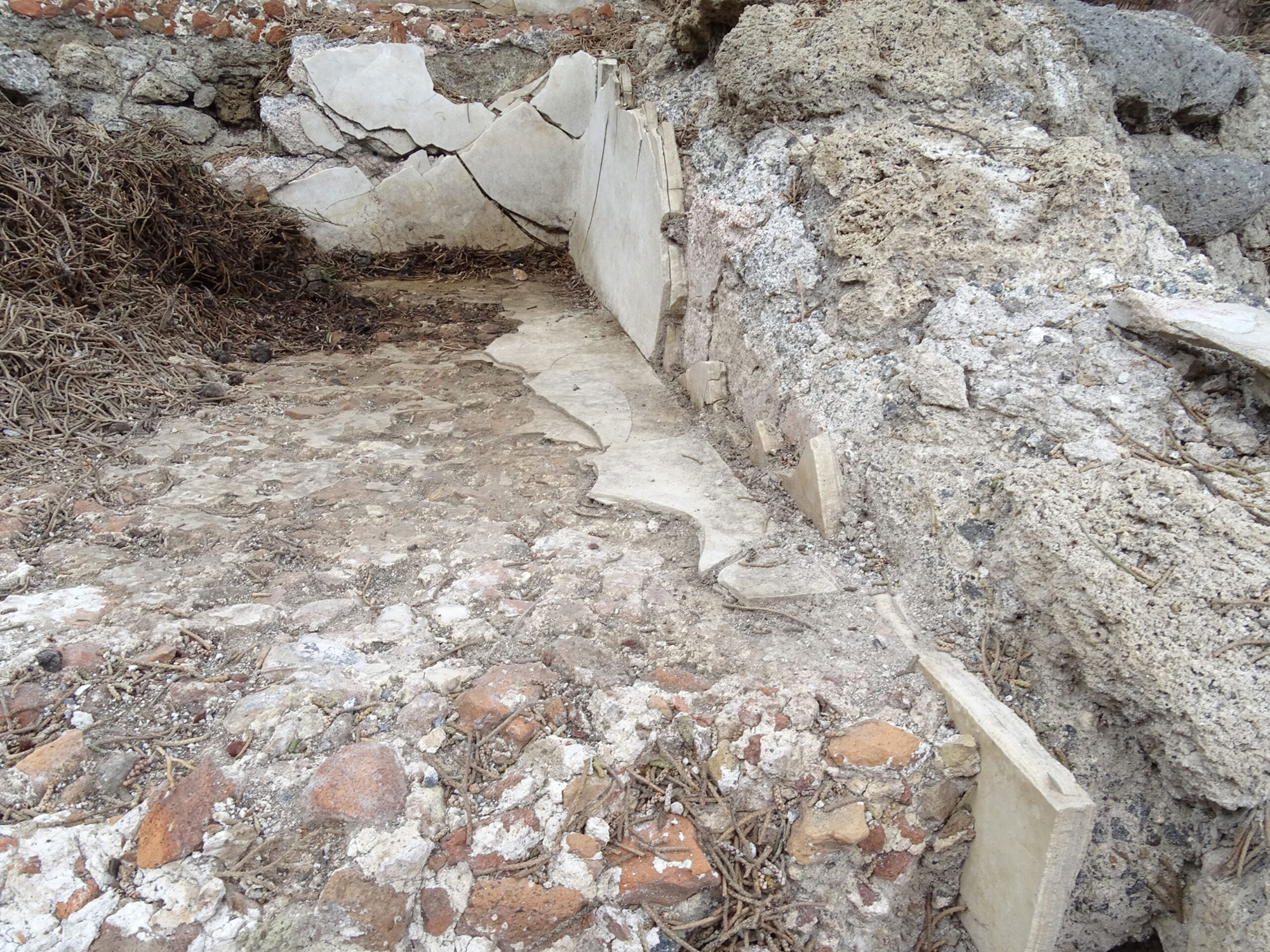 © Cees Passchier
© Cees Passchier -

-
 Greek Ministry of Culture and Sports
Greek Ministry of Culture and Sports
-
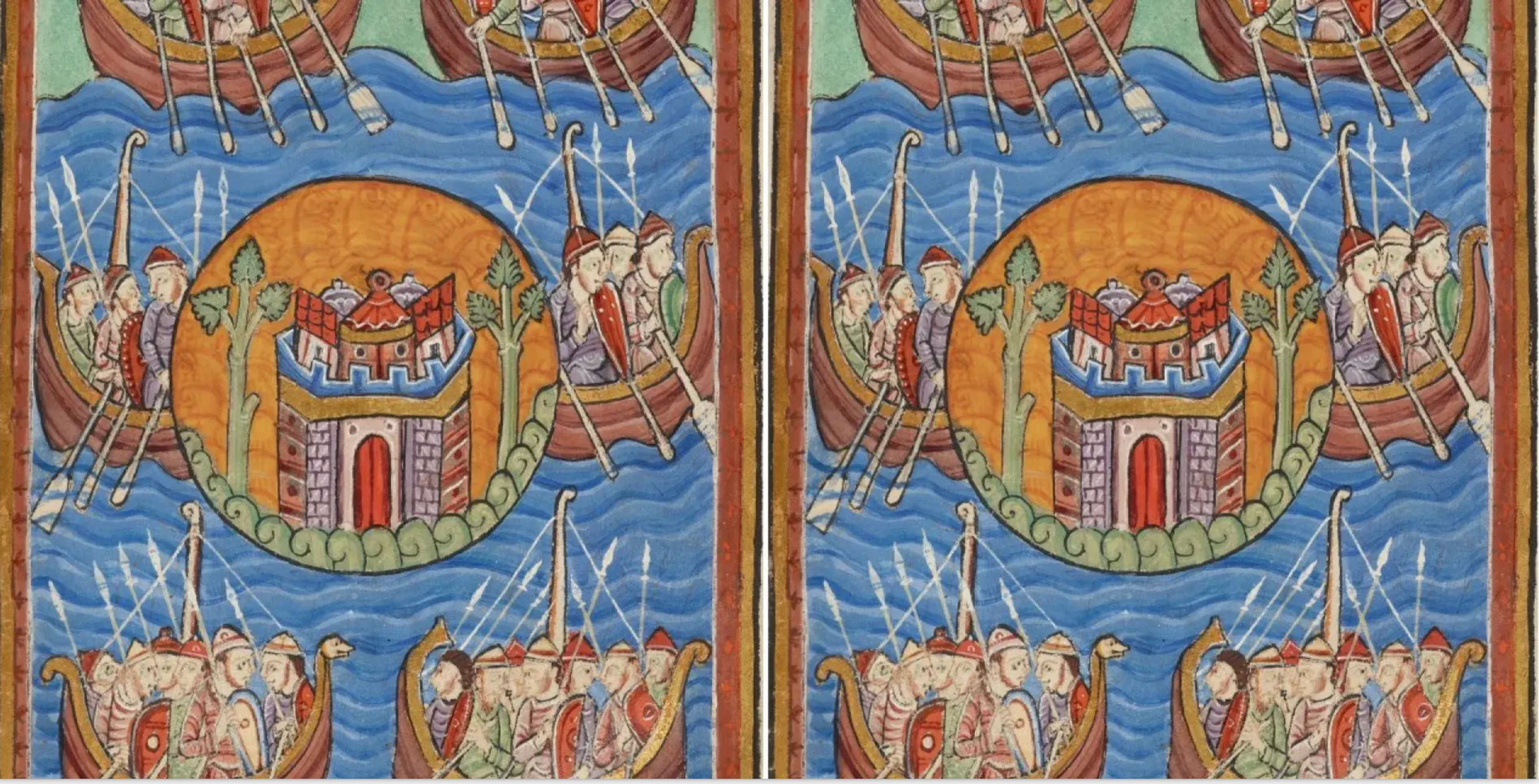 Wikimedia Commons
Wikimedia Commons -
 Courtesy Francisco Garrido
Courtesy Francisco Garrido
-
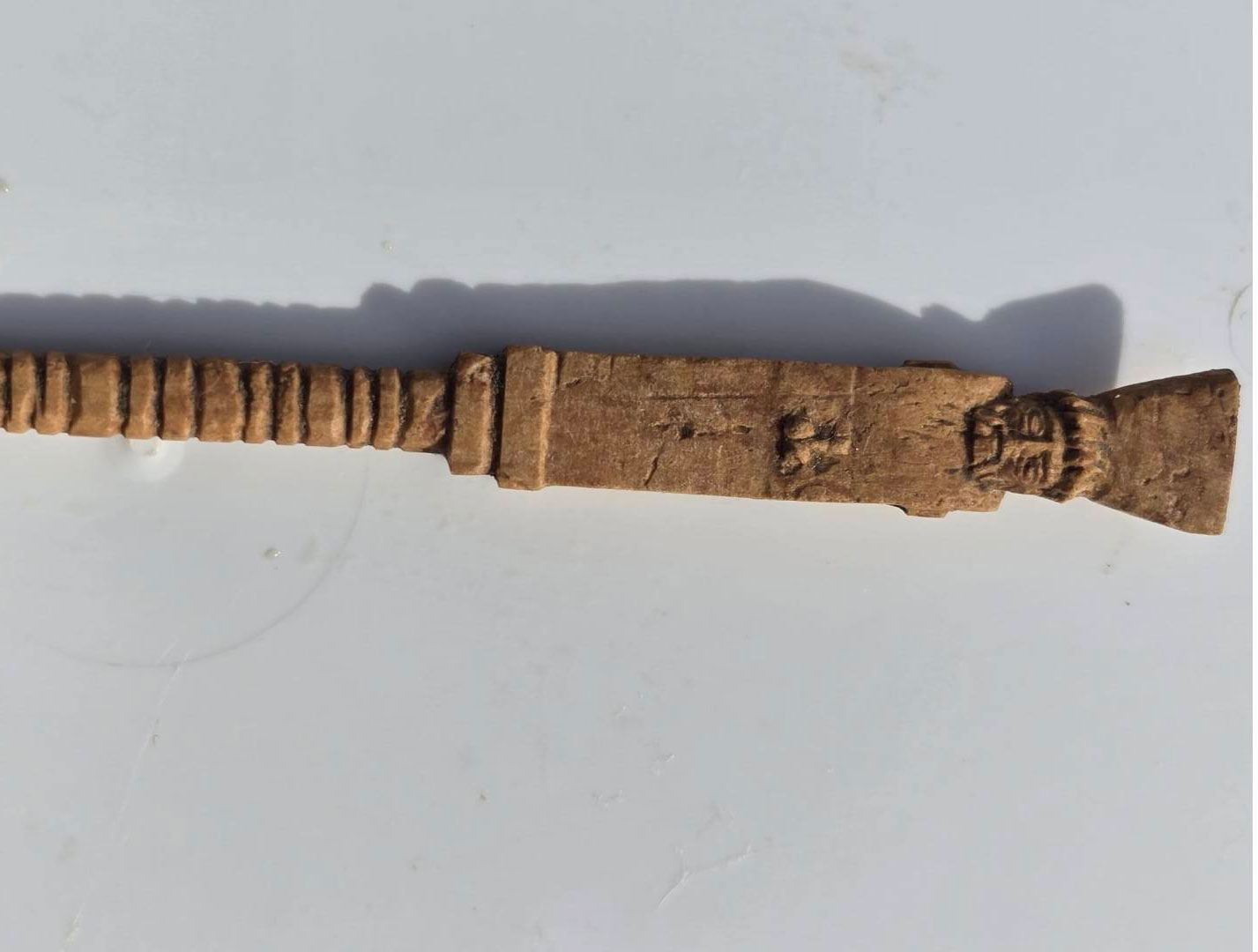 Soprintendenza per i Beni Culturali e Ambientali di Caltanissetta
Soprintendenza per i Beni Culturali e Ambientali di Caltanissetta -

-
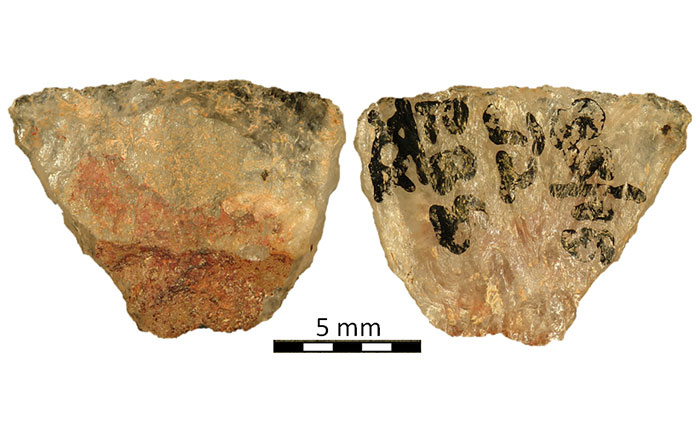 Marlize Lombard
Marlize Lombard -
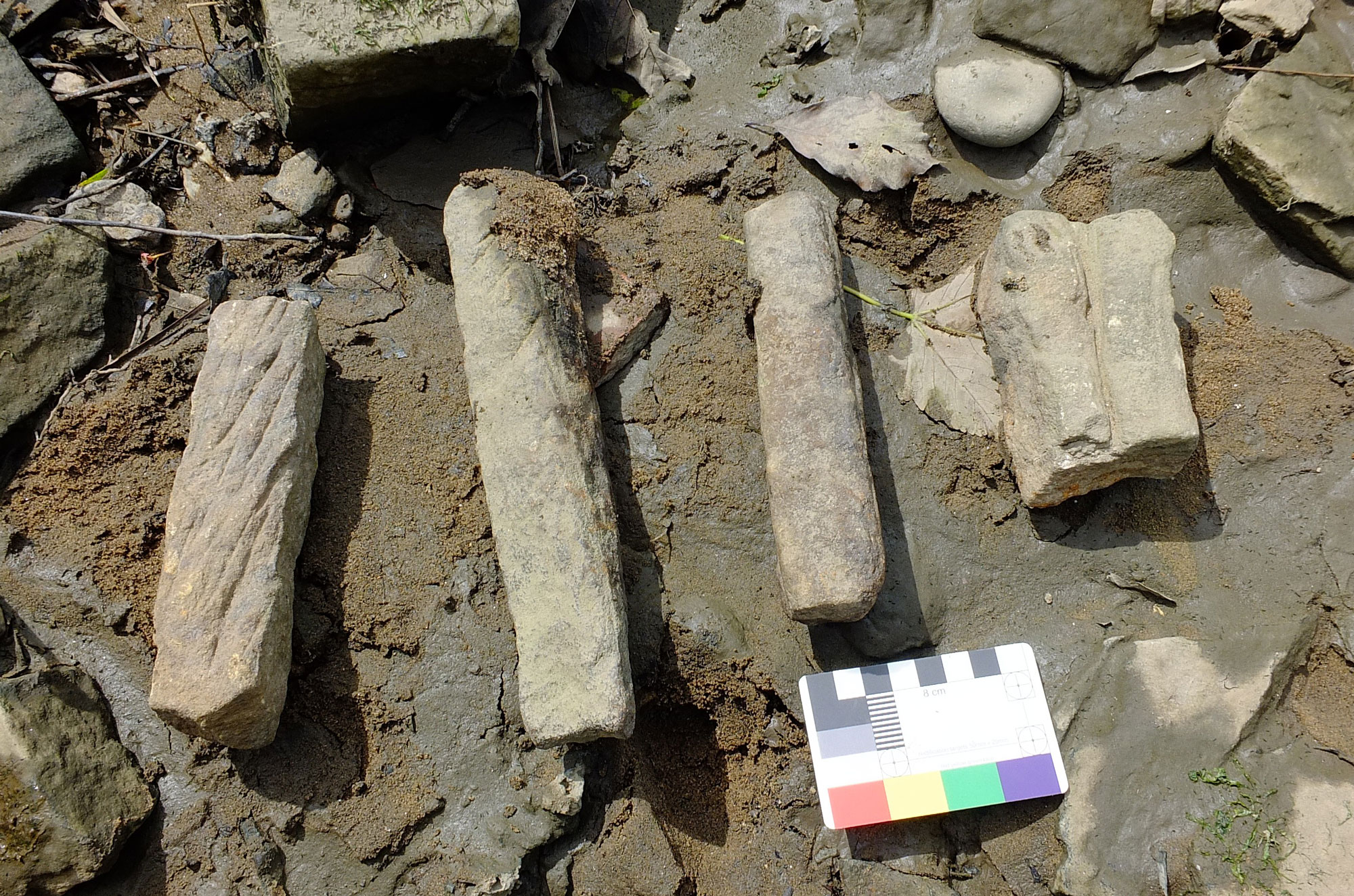 Durham University and Keith Cockerill
Durham University and Keith Cockerill -
News January 9, 2026
Traces of Unusual Huts Offer Clues to Origins of Medieval Port Town
Read Article
-
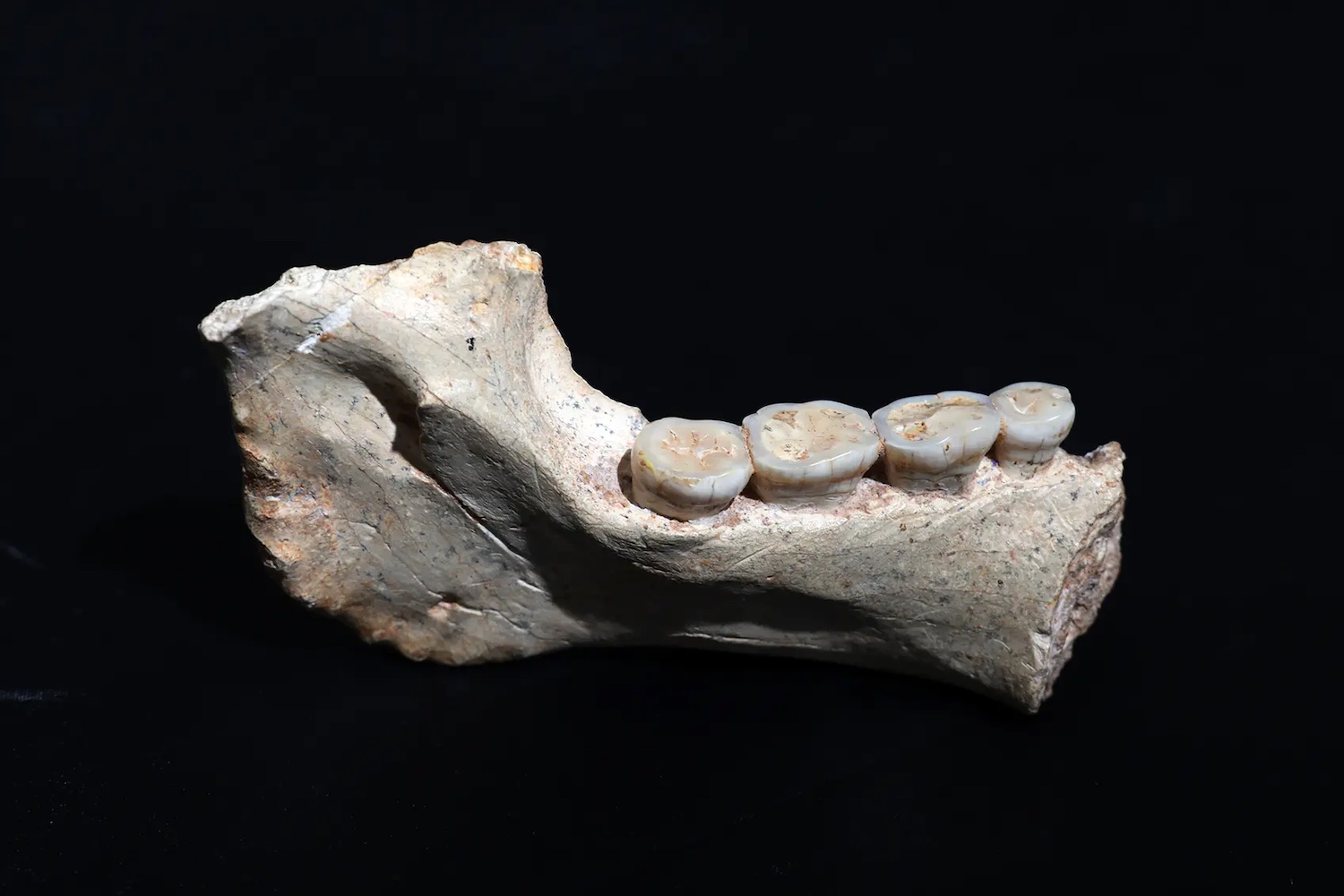 © Hamza Mehimdate, Programme Préhistoire de Casablanca
© Hamza Mehimdate, Programme Préhistoire de Casablanca -
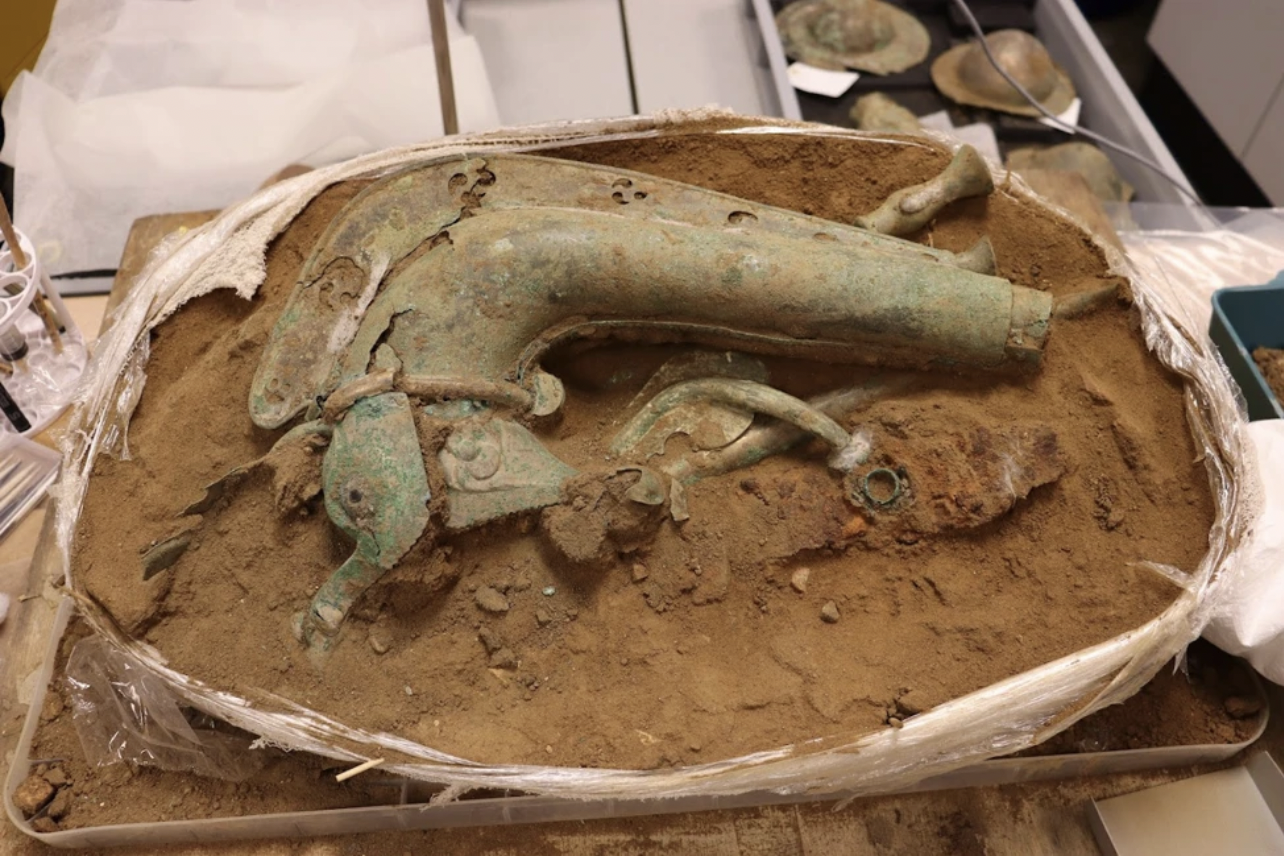 © Norfolk Museums Service
© Norfolk Museums Service -

-

-
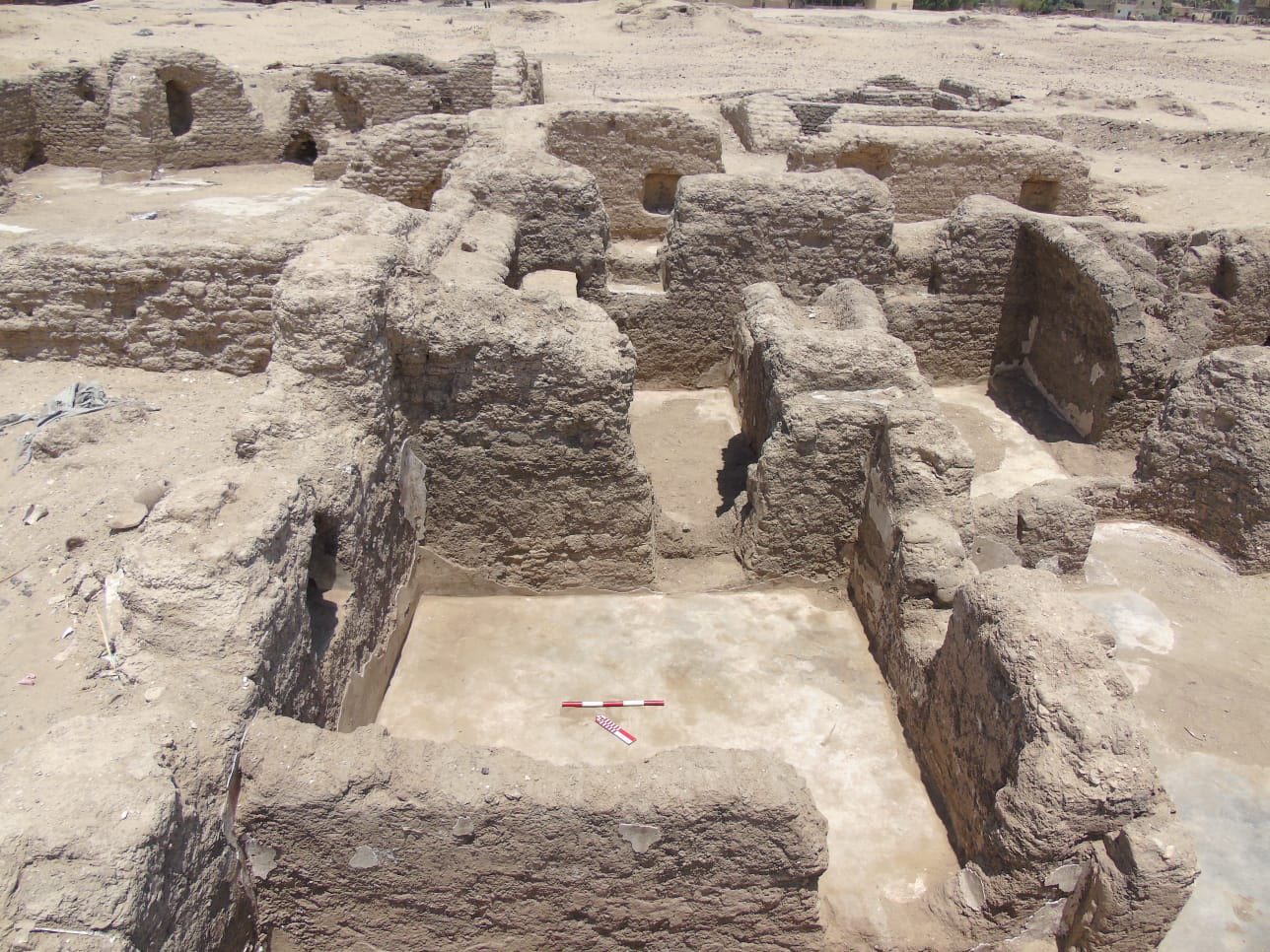 Egyptian Ministry of Tourism and Antiquities
Egyptian Ministry of Tourism and Antiquities -
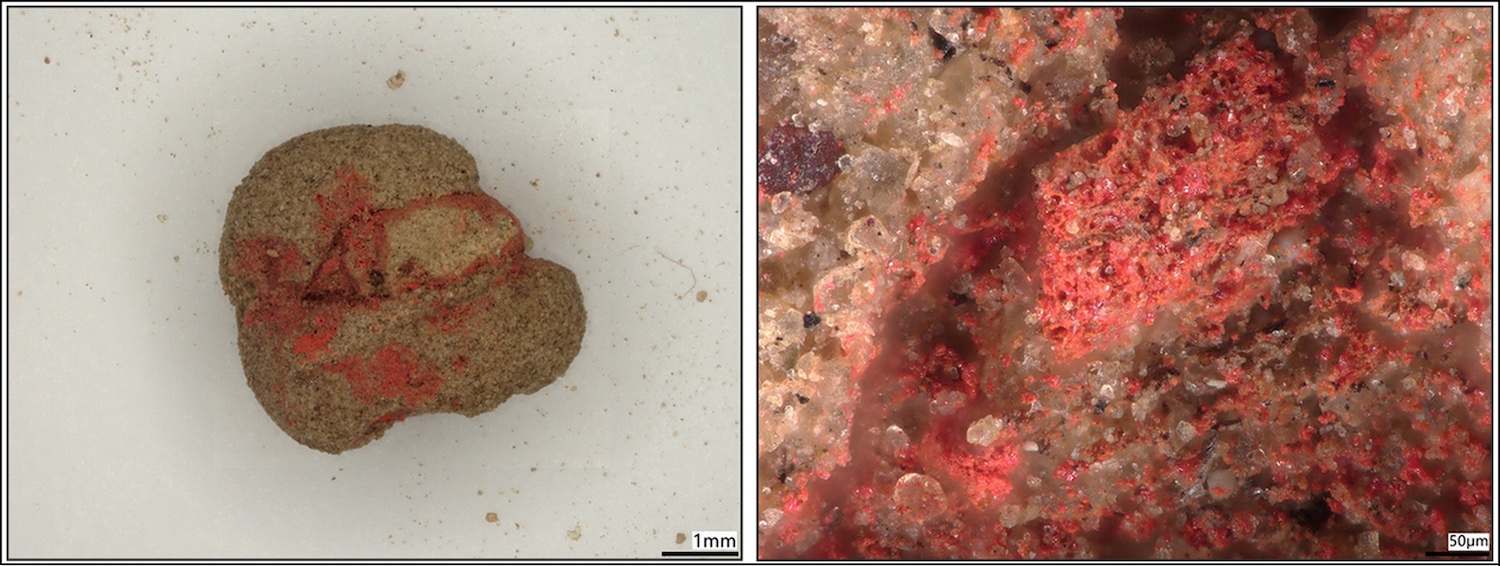 A. Kurzawska/© Antiquity Publications Ltd.
A. Kurzawska/© Antiquity Publications Ltd. -
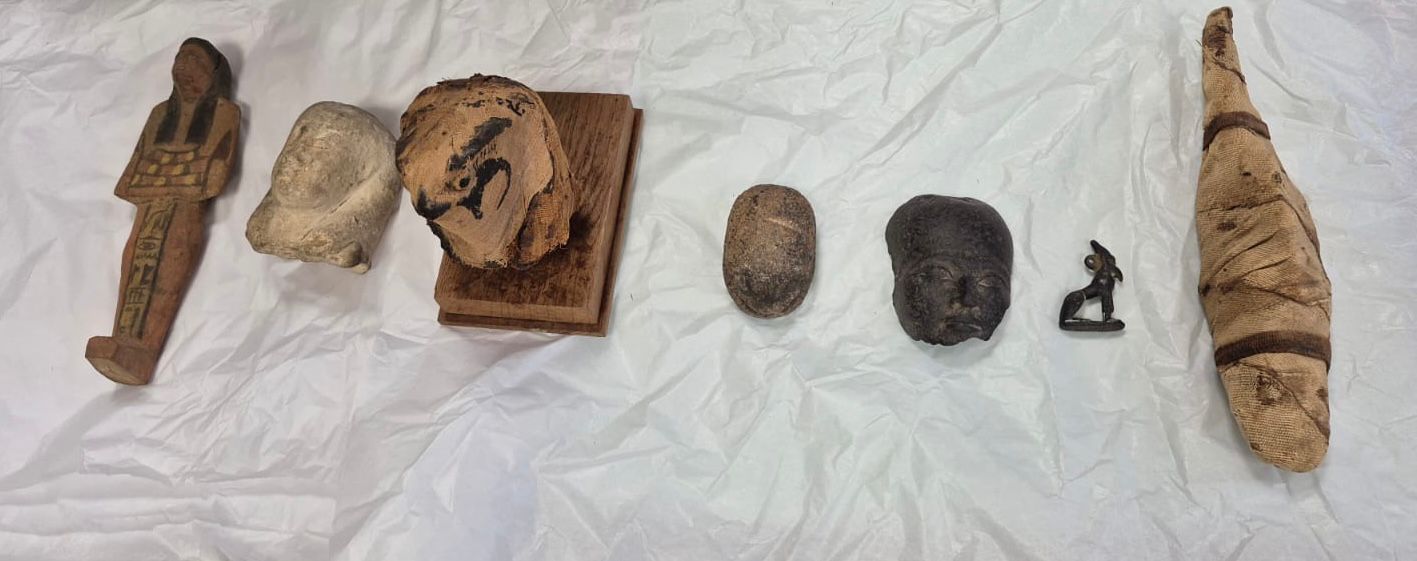 Ministry of Foreign Affairs, Emigration and Egyptian Expatriates
Ministry of Foreign Affairs, Emigration and Egyptian Expatriates
Loading...


